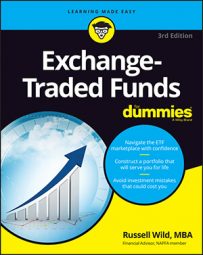The long-term performance records of short ETFs show these beasts to be dangerous for long-term investments. All of the original ProShares ETFs introduced in 2006 have lost a bundle. The ProShares Short QQQ (PSQ), for example, has lost 12.51 percent annually since inception.
But to truly appreciate the losing power of these funds, you need to look at ProFunds, the mutual funds produced by the very same people who produce ProShares ETFs. The company’s so-called inverse mutual funds and the company’s short ETFs are very similar. Ready for some depressing numbers? See the ProFunds website.
Here, for example, are the annualized returns for the UltraShort NASDAQ-100 ProFund mutual fund, which has been proudly torturing investors since June 2, 1998:
One year: –39.45 percent
Five years: –25.81 percent
Ten years: –25.47 percent
Since inception: –33.46 percent
Sure, the stock market could tumble at any time, and you could profit by buying inverse or short funds. But you will need to time that stock market tumble just right, and the odds of doing so are very slim.
Moreover, to play this stacked game will cost you dearly: None of the short ETFs charge less than 0.75 percent, and most carry an expense ratio of 0.95 percent, making them just about the most expensive ETFs on the market.

